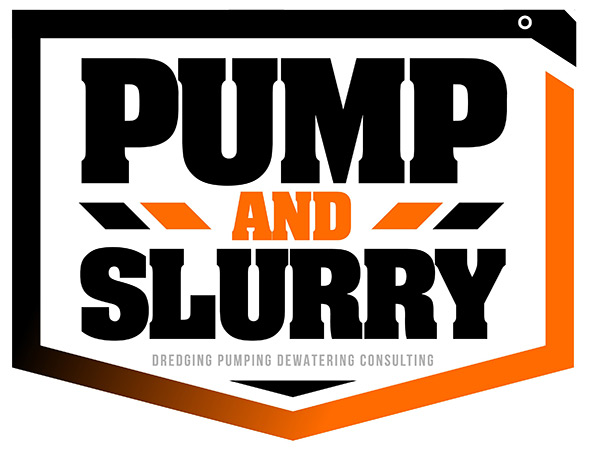How Do Self-Priming Pumps Work?
A self-priming pump is like any other centrifugal pump, but it is designed with an external casing that
“floods” the inner pump or volute.
A self-priming pump, by definition, is a pump that will clear its passages of air if it becomes air bound and resume delivery of the liquids without outside attention.
A chamber in the pump’s casing retains liquid after the pump shuts down. When the pump is started, the agitation action of the spinning impeller re-entrains the air in the suction line and moves it to a discharge air separation chamber. The air and liquid separate, and the air must vent out the discharge line. This movement of air causes a small vacuum in the suction line, allowing liquid to climb the suction pipe into the pump with the help of atmospheric pressure on the suction source. Once the air is completely removed from the suction and liquid fills the impeller eye, the pump is fully primed, and functions as a conventional pump with full flow and pressure. The air is evacuated by the function of the internal air separator, in combination with a discharged-liquid return to the pump’s impeller, allows the pump to self-prime. This in turn enables unmanned operation and fast restarts of the pump especially when there are suction lift conditions.
When Do You Need a Self-Priming Pump?
How do you know when to specify a self-priming pump, as opposed to some other type of pump?
Here are factors to consider when determining whether a self-priming pump is a right solution for your application.
- What is the desired flow rate? Is the time of the essence when pumping the liquid? Self-priming pumps are typically specified in applications where there is a high demand for consistent flow rate and there is little or no time to halt a process to shut down and reprime the pump
- How many starts/stops? If the number of starts/stops is high, a self-priming pump can offer significant advantages over other pump types, due to its ability to self-prime without the presence of an attendant.
- Does the liquid being pumped have hazardous characteristics that make operator access to the pump(for priming) inadvisable? Self-priming pumps are often the pump of choice in hazardous-material environments, due to the high cost of taking a process down to achieve access to the pump area.
- What is the viscosity of the liquid to be pumped? With highly viscous liquids, the capabilities of the self-priming pump are diminished. In these cases, be sure to verify the lift capabilities of any self-priming pump to ensure adequate capacity.
Self-Priming Pump Worksheet
Nature of the Liquid to be Pumped
What is the liquid? Fresh or saltwater, acid or alkali, oil, gasoline, slurry, or paper stock, etc.?
Is it cold or hot, what are the normal/min/max temperatures? What is the vapor pressure at the pumping temperature?
What is its specific gravity?
Is it viscous of non-viscous? Newtonian or non-newtonian? What is the viscosity value?
Is it clear and free from suspended foreign matter or dirty and gritty? If the latter, what are the size and nature of the solids and are they abrasive? If the liquid is of a pulpy nature, what is the consistency? What is the suspended material?
What is the chemical analysis of the liquid? Ph value? Others? What are the expected variations of the analysis? If corrosive, what has been the past experience, both with successful materials and with unsatisfactory materials
Capacity
What is the required capacity as well as the minimum and maximum amount of liquid the pump will ever be called upon to deliver?
Is there a discharge bypass line?
Will this pump run in parallel or series with another pump? What are the characteristics of these pumps?
Suction Conditions
Is there a suction lift? A number of feet?
Or is there a suction head? Flooded min/max range in feet?
What are the length and diameter of the suction pipe?
What is the slope of the suction pipe?
What valves, reducers, increasers, check valves, etc. are in the suction line?
What is the net positive suction head available? (expressed in feet absolute).
Is there a strainer on the suction line?
Is there an agitator in the supply tank?
Discharge Conditions
What is the static head? Is it constant or variable?
What is the friction head?
What is the maximum discharge pressure against which the pump must deliver the liquid?
Do you have a system head curve? Is it corrected for viscosity, %solids and condition of pipe?
What is the minimum discharge head?
Total Head
Variations in the suction and discharge conditions will cause variations in the total head.
The pump head is the total dynamic head.
What happens when the total head increases by 5%, 10% due to wear, coating, etc.?
Service Conditions
Is it continuous or intermittent?
Will the pump ever be operated against a closed discharge?
Will the pump be flushed and drained when not in service?
Will the pump be used for circulation in a closed system or for transfer?
Is there a chance that the pump may run dry?
What will control the operation of the pump?
How many times will the pump be required to turn on and off?
Is there entrained air present? Turbulence in the suction feed tank?




